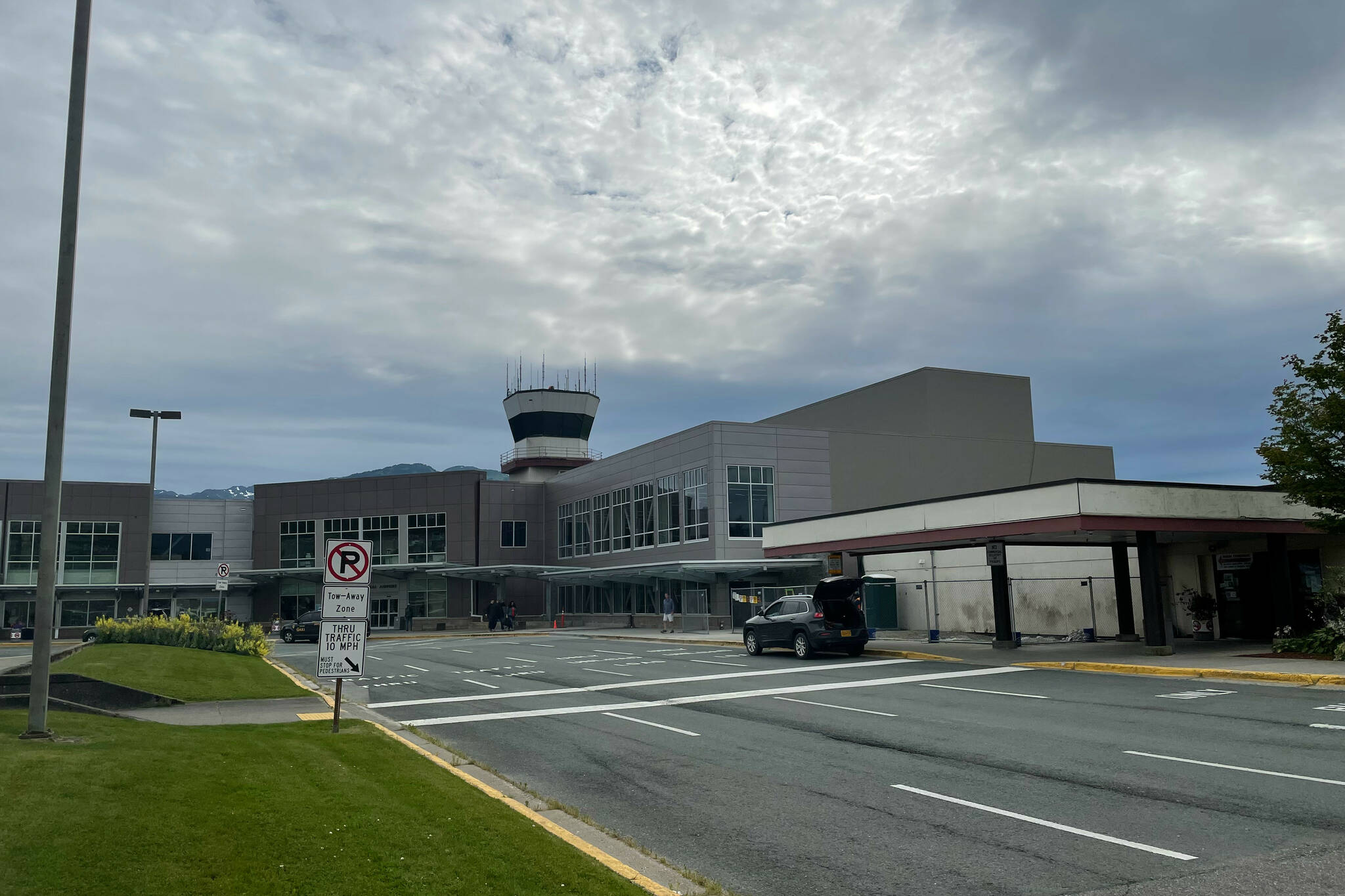By Steve Dickson
Alaska depends on aviation more than any other state, and the Federal Aviation Administration is committed to doing everything possible to make flying here safer.
It’s why the FAA launched the Alaska Aviation Safety Initiative last October. It’s a collaborative effort that includes the FAA and representatives from every segment of the Alaska aviation industry. This week we released a landmark report featuring recommendations from key Alaska aviation stakeholders on how to increase aviation safety in the state, where more than 80% of communities are accessible only by air.
Among the recommendations are increasing and improving weather data reporting and forecasting, expanding satellite-based Automatic Dependent Surveillance-Broadcast (ADS-B) air-traffic surveillance to more areas and improving navigation charting. The report also identifies and urges the continuation of successful FAA initiatives, including the agency’s weather-camera system and efforts that greatly reduced safety incidents around Bethel Airport.
This safety initiative works because it’s driven by input from Alaskan aviators. We teamed up with the flying community to develop this comprehensive blueprint for our future safety work. The recommendations are from the people who fly here every day, and who operate the airports that are lifelines for communities from Utqiaġvik to Juneau, to Kaktovik and the Aleutian Islands, and everywhere in between.
Throughout the spring and summer, the FAA hosted 12 virtual meetings with hundreds of aviation stakeholders — including pilots, trade associations, airports and state officials — to get their thoughts on current and planned safety efforts in Alaska. Discussions addressed which FAA efforts are producing desired results, where improvements are needed, and what else the agency should consider to further enhance safety.
While stakeholder input was the foundation of this effort, recommendations from the National Transportation Safety Board were the spark that got it started. We also received – and continue to receive – important support from Alaska’s congressional delegation, and we need their ongoing support so we have the resources to get this important work done.
I’m proud of what we achieved so far by working together. But this report is a starting point rather than an end. Now that we have a set of thoughtful, specific recommendations, we are developing a roadmap for implementing them, focusing first on initiatives with the greatest safety benefits.
We expect to complete the draft roadmap in early 2022. We will identify the resources needed, and then we’ll come back to our stakeholders for feedback. Meanwhile, the FAA will continue those initiatives already underway while incorporating aspects of the new initiatives by summer 2022. We’ll submit a progress report to stakeholders by Sept. 30, 2022.
Safety comes first for the FAA. And as a former military and commercial airline captain, airline executive, and now FAA administrator, I’ve learned that safety cannot be dictated from above—it must be a partnership. The FAA is committed to getting the work we’ve outlined done to make flying safer for everyone in Alaska. And we will do it in an ongoing, transparent and collaborative process.
• Steve Dickson is the administrator of the Federal Aviation Administration. He also served as a former commercial airline captain and military pilot. Columns, My Turns and Letters to the Editor represent the view of the author, not the view of the Juneau Empire. Have something to say? Here’s how to submit a My Turn or letter.

